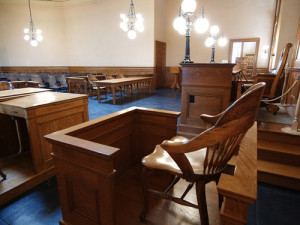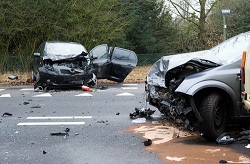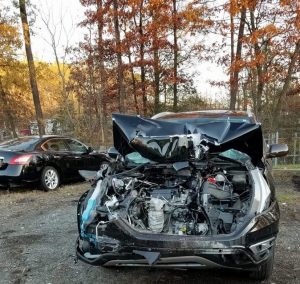I disagree with many of the philosophical views presented at Point of Law and Overlawyered. Then why do I read both blogs every day? Because they are informative, well-presented posts that make me occasionally question my own views. I hope to have you as a reader of the Maryland Injury Law Center and I hope my blog does for you what Point of Law and Overlawyered does for me.
Insurance companies hate being named in an uninsured motorist case. Why? Because unlike most car accident trials, if the jury knows an insurance company is paying the damages, jurors become less concerned that the defendant is footing the bill themselves. Jurors intuitively expect there is insurance available to cover  the verdict, but they are never sure. Frequently, I have had jurors ask me after the trial if the defendant has to pay the verdict. “That nice Mr. Smith does not have to pay this personally, does he?”
the verdict, but they are never sure. Frequently, I have had jurors ask me after the trial if the defendant has to pay the verdict. “That nice Mr. Smith does not have to pay this personally, does he?”
In Maryland, the law is clear that in a straight uninsured motorist case without the tort defendant taking part in the trial, the insurance company may be named. The definitive case on this is King v. State Farm. In that case, a pedestrian Plaintiff appealed an unsatisfactory jury verdict in Baltimore City in an underinsured motorist case where the tort defendant had offered their policy limits (the verdict was less than the underlying policy). The Maryland Court of Special Appeals reversed because the trial judge did not allow the Plaintiff to identify the fact that the defendant was an insurance company.
 Maryland Injury Law Center
Maryland Injury Law Center



